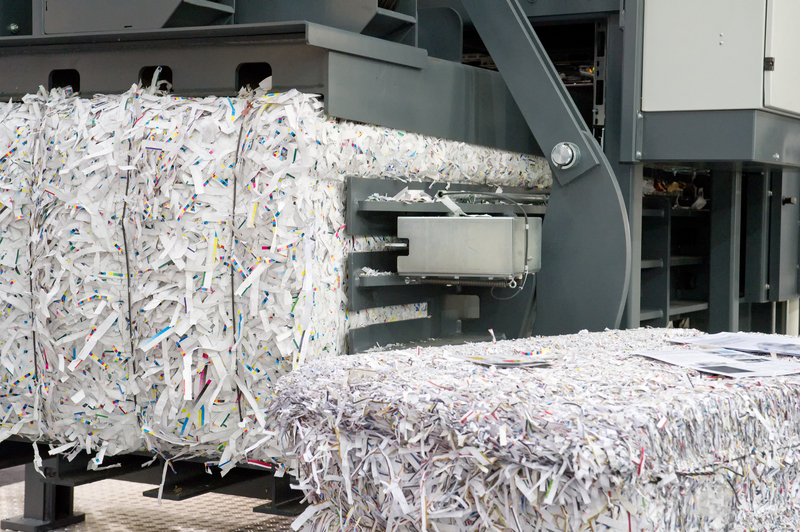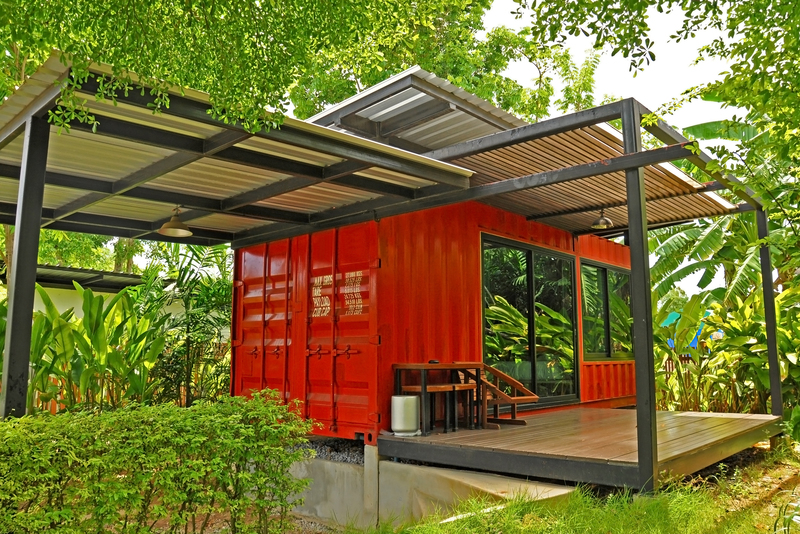Tailored Clutter Removal for Unique Hoarding Situations
Clutter removal in hoarding situations is a far more complex and delicate process than standard cleaning or junk hauling. Every person's experience with hoarding is unique, and effective solutions require a tailored approach. If you're looking for insight and guidance on customized hoarding cleanup, you're in the right place. This in-depth article covers proven strategies for addressing hoarding situations with empathy, efficiency, and lasting success.

Understanding Unique Hoarding Situations
Hoarding disorder is recognized as a mental health condition, where individuals feel compelled to collect and keep items that may appear to have little value to others. The type of items, the volume, and the emotional attachments all vary widely. Thus, clutter removal in such scenarios must be personalized and compassionate, keeping the individual's needs and circumstances at heart.
What Makes Each Hoarding Case Unique?
- Item Types: Some may hoard specific objects (books, clothing, newspapers, etc.), while others accumulate a range of items.
- Space Implications: Hoarding may affect just one room or envelop an entire property, including garages, yards, or storage spaces.
- Emotional Triggers: The reasons behind hoarding can include grief, anxiety, trauma, or isolation, which must be recognized and respected.
- Health & Safety: Levels of unsanitary conditions, fire hazards, or structural damage present different challenges and risks.
- Family Dynamics: Sometimes, multiple residents share a home, each with their own perspectives and boundaries.
Every hoarding case demands a tailored clutter removal plan that recognizes and adapts to these variables.
Comprehensive Assessment: The Foundation for Personalized Clutter Removal
Initial Evaluation and Safety Checks
An effective custom clutter removal service always begins with a thorough, non-judgmental assessment. This first step helps to:
- Understand the extent of hoarding and prioritize safety hazards.
- Identify potential health risks, such as mold, rodents, or blocked exits.
- Listen to the client's story, concerns, and what items mean to them.
- Work with family, caseworkers, or therapists as needed.
Assessments should always be handled with sensitivity and confidentiality, laying the groundwork for a cooperative and respectful process.
Developing a Tailored Plan of Action
- Set Realistic Goals: Work with the individual to determine achievable objectives, such as clearing a specific room or path first.
- Prioritize Areas: Focus on urgent needs like removing fire hazards or freeing up bathroom access.
- Schedule Sessions: Plan regular, manageable cleanup sessions rather than attempting everything in one overwhelming sweep.
- Establish Boundaries: Decide in advance which items should never be removed without explicit consent.
Custom hoarding cleanup is about collaboration and respectful progress at a sustainable pace.
Approaches for Tailored Clutter Removal
The Role of Professional Clutter Removal Services
Professional services experienced in hoarding cleanouts bring essential benefits to unique clutter situations:
- Specialized Training: Staff trained in mental health first aid and trauma-informed care.
- Protective Equipment: Use of gloves, masks, and tools for hazardous or biohazardous environments.
- Organizational Skills: Systematic sorting, inventorying, and categorizing of items.
- Disposal Logistics: Arranging dumpsters, recycling pickups, or charitable donations as preferred.
- Confidentiality and respectful communication at every step.
Key Steps for Custom Clutter Removal
- Sorting and Categorizing: Items are methodically grouped into categories such as "Keep," "Donate," "Dispose," and "Unsure." Visual labeling aids in transparency and reduces anxiety.
- Collaborative Decision-Making: Encourage but never pressure the individual; help them make informed choices about their belongings.
- Mitigating Loss: Digital photos, memorabilia scanning, or journaling can help preserve the emotional value of objects that cannot be physically kept.
- Handling Sensitive Items: Immediate attention to perishable, hazardous, or personal items (e.g., legal documents, medications).
- Ongoing Support: Establishing routines for future clutter control--possibly connecting with therapists or support groups.
Special Considerations in Hoarding Cleanup
Physical and Emotional Safety
- Maintain open walkways and accessible exits at all times.
- Wear appropriate protective gear to guard against dust, mold, pests, or sharp objects.
- Encourage regular breaks and hydration.
- Monitor for emotional distress, anxiety, or fatigue.
- De-cluttering should never proceed past the point of comfort or consent.
Legal, Ethical, and Community Resources
- Local Regulations: Comply with municipal codes on waste disposal and hazardous materials.
- Mandated Reporting: In rare cases, extreme neglect may require reporting to authorities for safety.
- Community Outreach: Partner with local charities for donations or recycling initiatives.
- Therapeutic Referrals: Connect clients with ongoing mental health support as needed.
Long-Term Solutions and Preventative Strategies
Establishing Sustainable Habits
Once the major clutter is removed, maintenance strategies become crucial to prevent recurrence:
- Routine Cleanups: Schedule monthly or quarterly check-ins for light decluttering.
- Checklists and Visual Aids: Tools that support daily organization and goal tracking.
- Appliance Repairs and Home Maintenance: Fix issues that could contribute to accumulating clutter.
- Support Systems: Family meetings, support groups, or professional follow-ups can reinforce healthy habits.
- Celebrate milestones and progress, no matter how small.
Leveraging Technology
- Use reminder apps for daily organization tasks.
- Virtual consultations for ongoing support from organizers or therapists.
- Online support groups--safe, anonymous, and accessible resources for those still struggling with hoarding tendencies.
The Human Side: Compassion and Empathy in Clutter Removal
At the heart of customized hoarding cleanout services is compassion. Successful clutter removal is not only about the physical labor--it is about building trust and offering hope.
- Empathetic Approach: Avoid judgmental language, practice patience, and acknowledge the struggle.
- Empowerment: Give the person a sense of control throughout the process.
- Education: Provide practical tips for organization, self-care, and when to seek help.
- Continual Communication: Ensure clients always know what's happening and why.
- Respect: Honor private spaces and boundaries, and always ask before moving or discarding items.

Frequently Asked Questions about Tailored Hoarding Cleanup
How long does personalized hoarding cleanup take?
Every case is different. Depending on severity, tailored clutter removal may occur over several days or even months. Slow, steady progress is often more effective and comfortable for clients than rushing.
Do I need a professional service for unique hoarding situations?
While motivated families can make progress themselves, professional hoarding cleanup services offer expertise in safety, emotional support, and organization that can make the process far less stressful and more sustainable.
How much of my input will be respected during the process?
A quality tailored clutter removal approach will honor your wishes completely. No item should be removed without your clear involvement and consent.
Can these services help with specific item types?
Absolutely. Whether the hoarding involves paperwork, food items, clothing, pets, or sentimental collections, a customized clutter removal plan will address the unique needs of each case.
What happens after the clutter is removed?
Post-cleanup plans often include ongoing organizational support, cleaning routines, and connections to community or mental health resources to prevent relapse and encourage independent living.
Conclusion: The Value of Customized Clutter Removal in Hoarding Cases
When facing the challenge of unique hoarding situations, remember that every journey is different. Tailored clutter removal combines professionalism, empathy, and strategic planning for results that last. Whether you're seeking help for yourself, a loved one, or a client, choosing a custom, compassionate approach is the most reliable path to a safer, healthier home and renewed peace of mind.
Are you considering tailored help for a hoarding situation? Connect with local professional organizers or hoarding cleanup experts to discuss your specific circumstances. Help is available, and your path to a clutter-free life can begin today.
